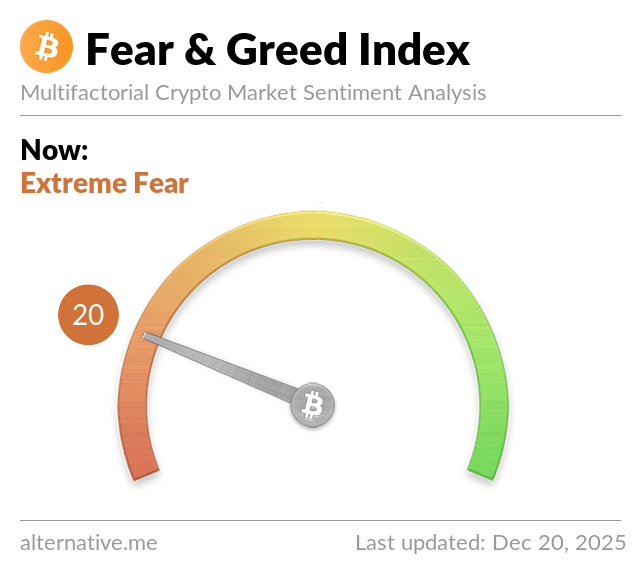The Future of Ripple and Its Impact on the Cryptocurrency Market
Introduction
Ripple, a significant player in the blockchain sector, continues to make waves in the cryptocurrency landscape. With its unique technology and strong partnerships, Ripple’s vision of creating a seamless payment system is propelling it into the global financial spotlight.
Brad Garlinghouse: Leadership and Vision
Brad Garlinghouse, the CEO of Ripple, has been at the forefront of the company’s journey, steering it through challenges and triumphs in equal measure. His leadership style focuses on transparency and innovation, which has helped Ripple gain trust within the fintech community.
Core Philosophy
Garlinghouse emphasizes the importance of bridging gaps in the financial system, making it more inclusive for all. Under his guidance, Ripple aims to simplify cross-border transactions, making them faster and more cost-effective compared to traditional methods.
Ripple’s Technological Innovations
Ripple’s blockchain technology is designed to facilitate rapid transactions while maintaining low costs. Its unique consensus algorithm sets it apart from traditional cryptocurrencies like Bitcoin and Ethereum.
Key Features
Speed: Transactions are confirmed in seconds, making Ripple a preferred choice for institutions requiring quick settlement times.
Low Costs: Minimal transaction fees are a pivotal aspect, enabling banks and financial institutions to maintain their margins.
- Scalability: Ripple can handle a high transaction volume, making it suitable for large-scale financial operations.
Market Position and Partnerships
Ripple has established strategic partnerships with numerous financial institutions, enhancing its credibility and market presence. These collaborations help bridge traditional banking with blockchain technology, offering a solid foundation for future growth.
Major Collaborations
- American Express: Collaborating to streamline cross-border payments between the U.S. and the UK.
- Santander: Leveraging Ripple’s technology for international transfers in its One Pay FX service.
Regulatory Landscape
Ripple’s journey has not been without hurdles, particularly concerning regulatory scrutiny. The ongoing lawsuits and discussions surrounding Ripple’s XRP token have sparked debates about the classification of cryptocurrencies.
Navigating Challenges
Garlinghouse and the Ripple team have proactively engaged with regulators to clarify the status of XRP and ensure compliance. This approach not only protects the company but also fosters industry-wide conversations about regulatory frameworks.
The Future Outlook
As Ripple continues to innovate and adapt, its future appears promising. With an increasing demand for efficient payment solutions and ongoing partnerships with global financial institutions, Ripple is well-positioned to capitalize on the evolving landscape of digital finance.
Continued Growth
The demand for fast and affordable cross-border payments will likely drive further adoption of Ripple’s technology. As traditional financial systems evolve, Ripple’s solutions may become integral components of global finance.
Conclusion
Ripple, under the leadership of Brad Garlinghouse, is poised to play a pivotal role in the future of finance. With innovative technology and a commitment to enhancing the existing financial infrastructure, Ripple is not just a cryptocurrency; it is a transformative force within the blockchain ecosystem.
Disclaimer: By engaging with this content, you acknowledge and agree to our Terms and Conditions and Privacy Policy. This article is intended for informational purposes only. CryptoSlate does not endorse any cryptocurrency or project. Trading in cryptocurrencies carries significant risks, and it’s advised to conduct thorough research before making any investment decisions.











